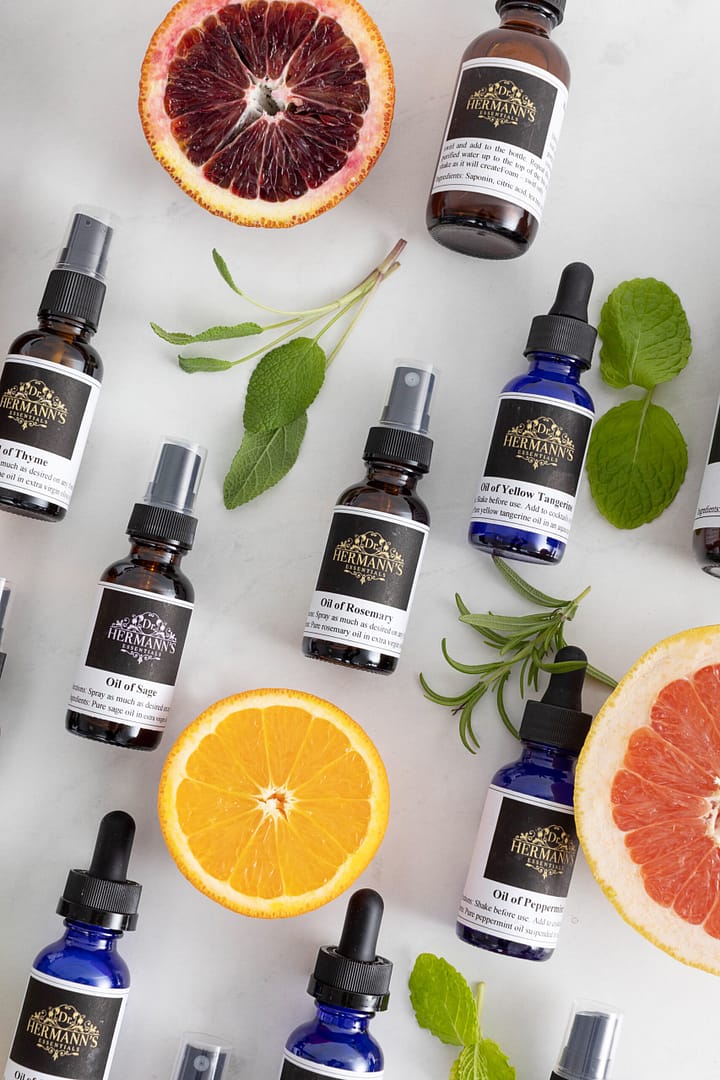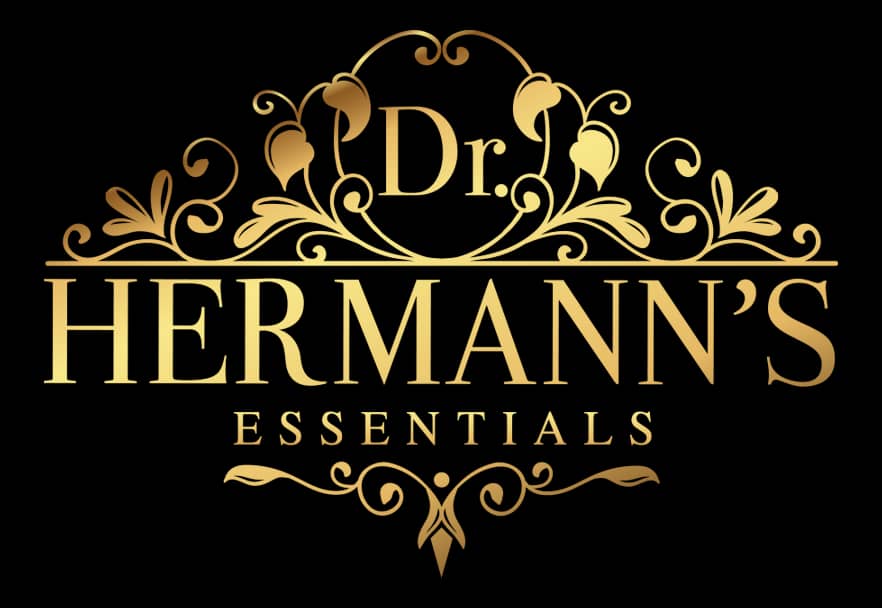Most people have a vague idea what essential oils are, but some people have heard of aromatherapy, a practice of using essential oils for therapeutic benefits. Did you know that essential oils have been used for centuries for their antibacterial, antiviral, antifungal, antiparasitic, and insecticidal properties. However, there is more to essential oils. What would you say if I tell you that you can use essential oil in your everyday life to make your house smell nice and fresh, to keep your house clean, use them in the kitchen as flavor enhancer for food, meats, poultry, fish, salads, and vegetables, and as tasty additives for water, cocktails or other alcoholic beverages.
Definition of Essential Oils
Chemically, essential oils as aromatic volatile liquids that easily evaporate, with a pleasant smell and scent, obtained from plants or part of plants.
Essential oils are distinct form oils used for cooking or salad dressings, also called fatty oils such a vegetable oils, olive oils, sunflower oils etc. Put a drop of essential oil and a drop of fatty oil on a piece of paper and wait for a few hours. The drop of fatty oil leaves a stain still present after 10 hours, whereas the essential oil is evaporated without leaving any stain. Image 1 shows the paper immediately after application and Image 2 was taken 10 hours later.
Origins of Essential Oils
As far as I know, animals do not produce essential oil but plants or parts of plants such as flowers, seeds, bark, root, leaves, resin, or wood contain essential oils. Examples for essential oils in flowers are roses, in seeds anise and coriander, in bark cinnamon, in roots ginger, in leaves eucalyptus, in resin myrrh, and in wood sandalwood.
Manufacture/Productions of Essential Oils
Several methods are in use to yield essential oils including cold mechanical pressing, steam distillation, or extraction with organic solvents. Cold pressed oils are all the oils of the citrus family. grapefruit, lemon, lime, bergamot and mandarin oranges, and tangerines. Essential oils obtained by steam distillation are the oils of basil, cedar wood, and lavender. Essential oils obtained by extraction is chili oil.
Chemistry of Essential Oils
Essential oils are concentrated liquids of complex mixtures of volatile compounds. An example is menthol, the main component of peppermint oil (see below).

Use of Essential Oils
Essential oils are used in everyday-life products like cosmetics, food additives, soaps, plastic resins, candles, fragrance/perfumes, and more.
Many people use essential oils in aromatherapy with the intent to smell and inhale the evaporating essential oils for therapeutic benefits such as relaxation, stress relief, easing of tension, claiming to improve psychological well-being. As a non-regulated health care practice, aromatherapy incorporates essential oils into a variety of activities such as massage, baths, meditation to promote and improve human health.
As fa as medicinal use, essential oils are considered not pharmaceuticals by the US Food and Drug Administration (FDA), do not fall under the purview and control of FDA, and are not intended to treat, cure or prevent diseases. Preliminary research investigating the potential therapeutic effects of specific essential oils shows that essential oils show antibacterial, antifungal, anti-inflammatory, and spasmolytic activity.
Proper Use of Essential Oils
Although essential oils are not regulated drugs, they are not harmless. If misused, they can cause harm and should only be used responsibly and kept out of the reach of children and pets. Essential oils, especially concentrated oils can cause allergic reaction and irritation of the skin and the respiratory tract and ingesting oils can cause serious bodily harm. These adverse side effects are significantly reduced when diluted essential oils are used; the more diluted, the less side effects.
Now that you know a bit more about essential oils, I would like you to click on this link https://drhermannessentialoils.com, which will take you to my website. Perhaps you will find something that interests you and a purchase is only a click away. Thanks for listening.

Image 1: After Application
Essential Oil left
Fatty Oil right

Image 2: 10 Hours after Application
Essential Oil left
Fatty Oil right







